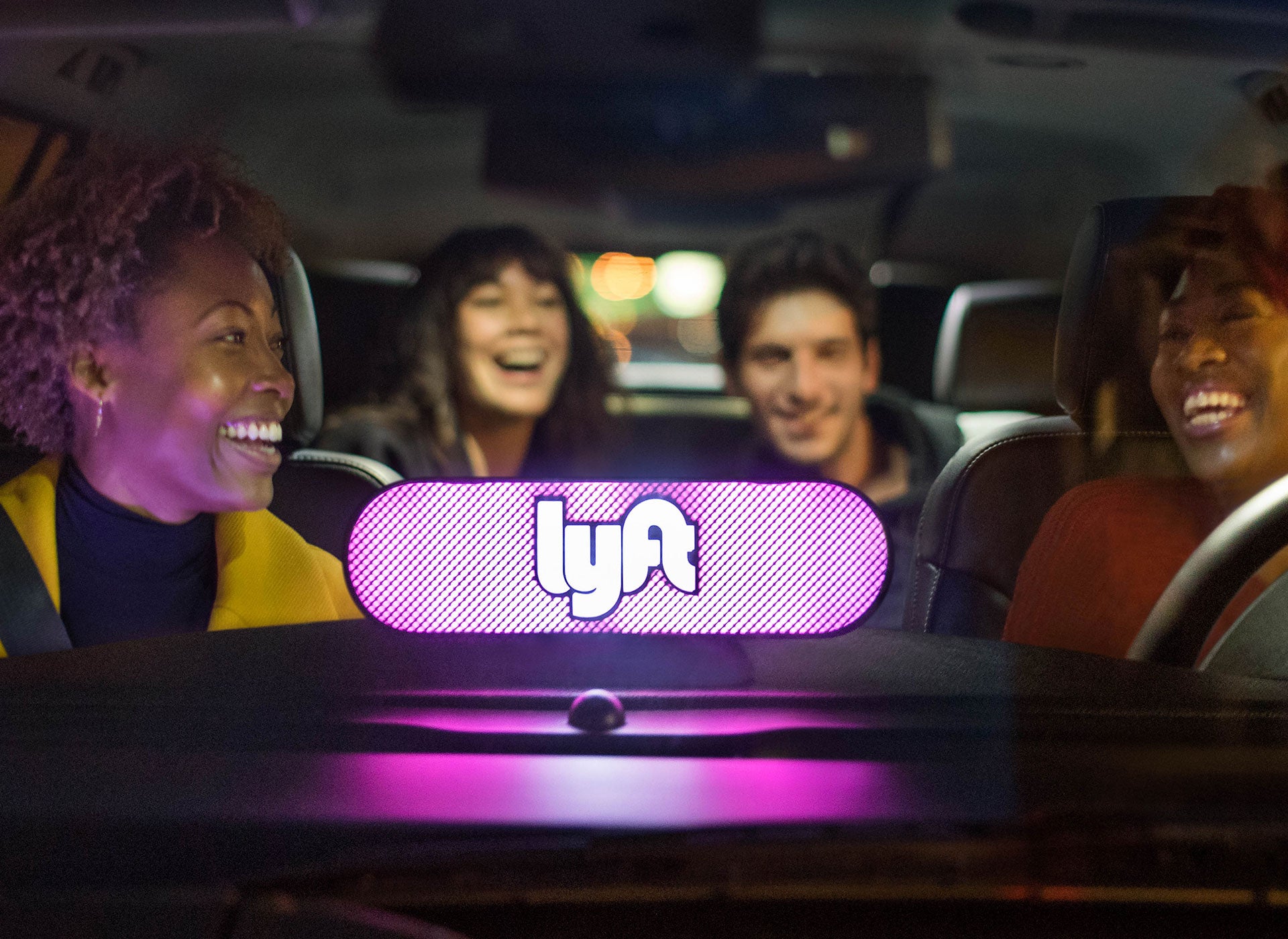
Ride-haling giant Lyft has reported poor but expected Q2 results, remaining bullish about its future prospects.
The company, which holds 31% of the US ride-hailing market in the US, reported $339.3m revenue, down 61% of the year-ago results.
It also reported a greater per-share loss than predicted, at negative $1.41 per share, compared to average analyst predictions of $0.99.
Furthermore, the company’s adjusted net loss was $265.8m, compared to $196.3m in Q2 2019.
However, while such a report would be immensely damning in normal times, Lyft shares were up over 4% in after-hours trading following the Q1 results announcement.
Lyft Q2 results met with positivity by investors, despite serious losses
This positive reaction from investors is because while poor results were expected given the drop in demand for ride-hailing due to the coronavirus pandemic – and the fact that Uber reported similarly poor results a week ago – there was some good news for investors focus on.
How well do you really know your competitors?
Access the most comprehensive Company Profiles on the market, powered by GlobalData. Save hours of research. Gain competitive edge.

Thank you!
Your download email will arrive shortly
Not ready to buy yet? Download a free sample
We are confident about the unique quality of our Company Profiles. However, we want you to make the most beneficial decision for your business, so we offer a free sample that you can download by submitting the below form
By GlobalDataMost notably, the signs for Lyft’s recovery look promising, which is what investors were ultimately looking for.
Along with the damning numbers in its Q2 results, Lyft reported a 78% rise in rideshare rises in July compared to April, indicating that consumers are coming back to the company.
The company also indicated that it was in a good cash position to handle what it is seeking to characterise as a blip, with $2.8bn on hand in the form of short-term investments, cash equivalents and unrestricted cash.
“Lyft’s second quarter results reflect an operating environment that was not only challenging for our core ridesharing business, but also for our valued riders and drivers and the communities we serve,” said Lyft co-founder and CEO Logan Green.
“Our performance reinforces our belief that Lyft is taking on the critical work necessary to emerge from the crisis as a stronger company.”
Challenges lie ahead
Investor fears of long-term damage to Lyft have been allayed for now, but it will need to build on its Q2 results with far stronger signs in Q3 if it is to keep positivity up in the longer term.
And there may be issues with this. While the company’s Q2 results included $32.1m in restructuring costs, which included extensive layoffs to reduce its overheads, some analysts expect more to come as Lyft attempts to steady its financial ship.
“The restructuring effort announced comes as no surprise given the high operation costs of Lyft – at 175% of sales in 2019 and 243% in Q2 2020,” MarketLine analysts Theo Delimaris told Verdict.
“Laying off more drivers is expected to be the first step in that direction given the current collapse of demand and the company being tied to other operating costs such as the $300m cloud service two-year contract with Amazon Web Services signed in January 2019.”
Another challenge is that the very way the company operates – treating its driver’s as contractors – may be under threat, thanks to a ruling earlier this week in California that will require it to reclassify its drivers as employees. A win for labour rights, but a potentially severe cost for the company unless it is successful in appealing the ruling.
“The ruling against Lyft in the state of California brings an additional burden, if the company’s appeal fails,” said Delimaris.
“In that case, if the company continues to operate in the state, the cost of classifying independent contractors as payroll employees will increase operating costs and losses at unsustainable levels. If it suspends operation in California, it will still lose 16% of its revenue. The risk of making a precedent by accepting different employment arrangements within a state, implies that Lyft is more likely to choose the latter.”
Read more: California driver ruling threatens Uber and Lyft’s already fragile business model







